Description
Centrifugal separation refers to the powerful vortex created within the separator body which propels droplets and particulate > 10 microns to the inner circumference of the vessel. The finer droplets, particles and gas exit through the low velocity area of the vortex and outlet nozzle. Re-entrainment of the separated liquid is prevented with a vortex containment plate affixed near the bottom of the vessel, just over the drain port.
The liquid removal capacity for Type T separators is equivalent to 40% of its’ maximum rated weight flow capacity for a given size separation element. Drainage of separated liquid though the bottom drain port can be accomplished with an automatic float drain trap or ball valve.
The math involved to properly size a centrifugal separator is complex because physical test results using 60ºF air were used to create baseline capacity charts. If your application happens to involve 60ºF air, then you can simply find the intersection of your operating pressure and flow rate on the chart; the required separator size corresponds with the with the performance line to the right of that intersection.
Other temperatures and gases having a different molecular weight need to be converted to their “equivalent flow rate” based upon air at 60ºF. The formulas to accomplish this manually are provided in our literature, however it is laborious to manually calculate the equivalent air volume and if you want to check on a range of flow rates, target a specific differential pressure or liquid volume removal capacity, you will be spending lots of quality time with your calculator!
We have designed a web-based Wright-Austin Gas/Liquid Separator Sizing Calculator to quickly determine the proper element size and to analyze “what if” calculations within seconds. The Wright-Austin centrifugal separator calculator requires four data points to use: molecular weight, temperature, gauge pressure (PSIG) and the design flow (volumetric or weight) for your application. The sizing process and our calculator tool are described in detail in our article “Size Matters, Understanding Sizing Factors for Centrifugal Separators”.

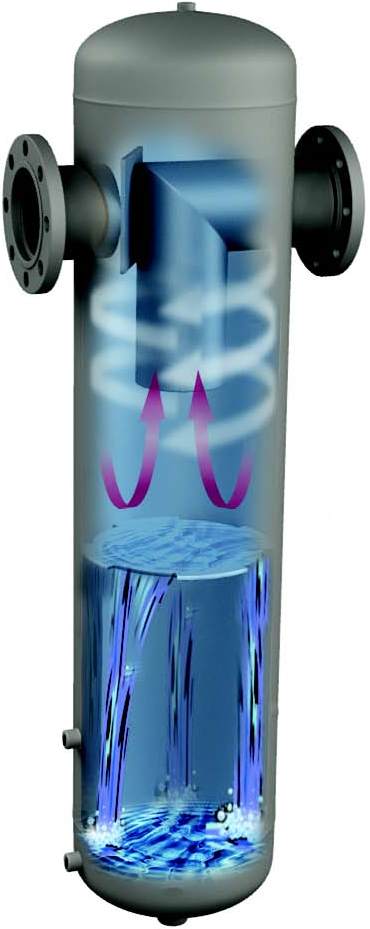
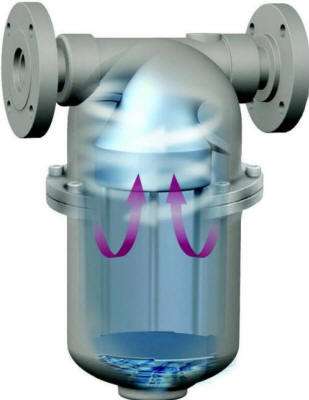
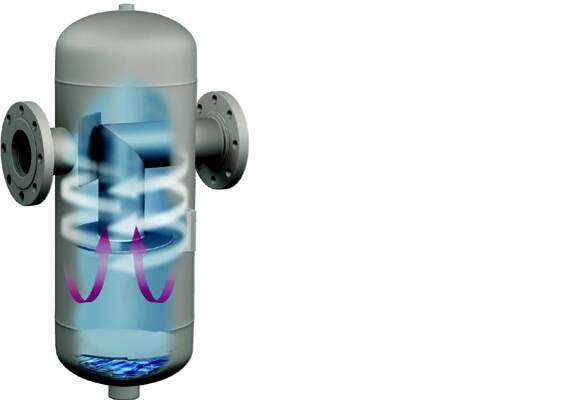
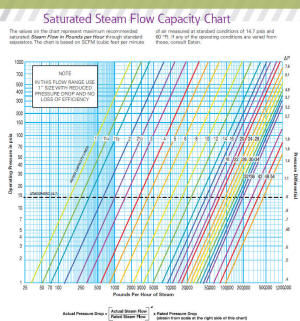
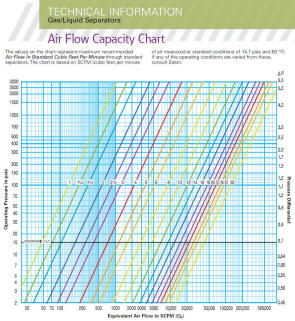
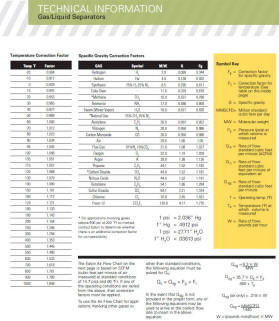
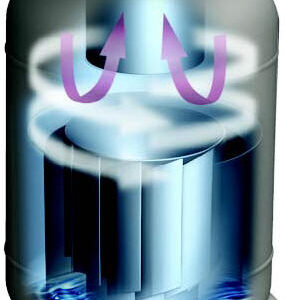
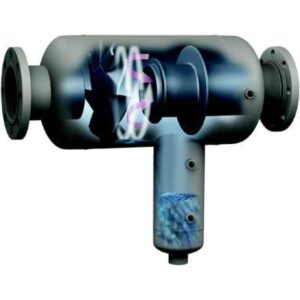

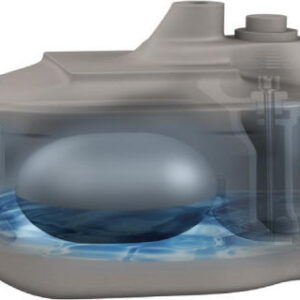

Reviews
There are no reviews yet.